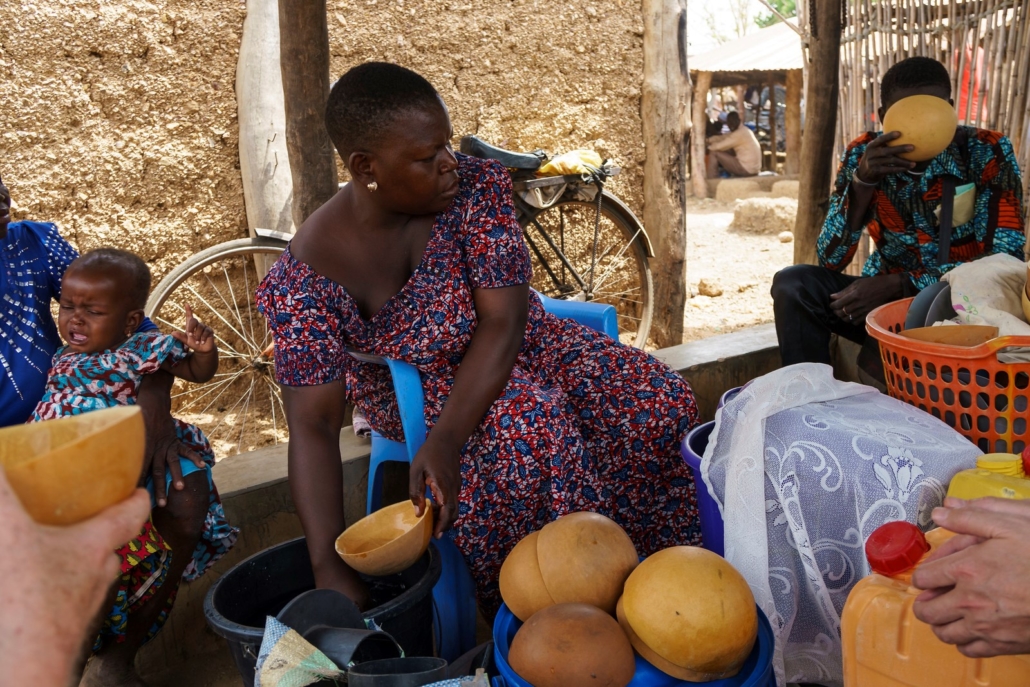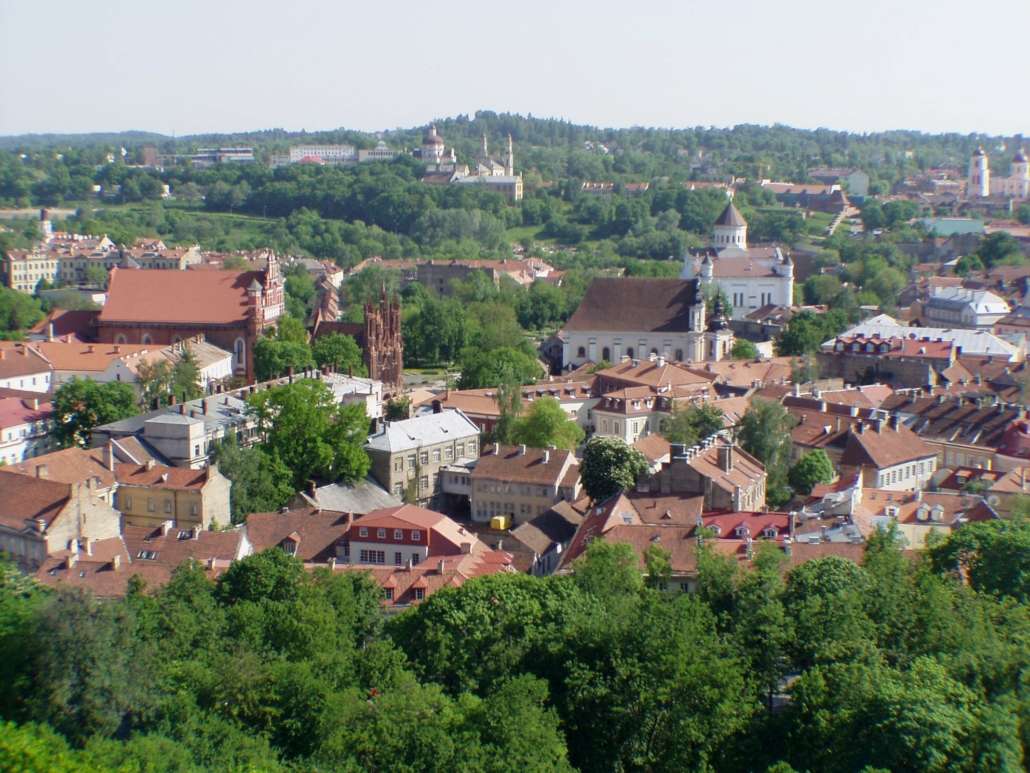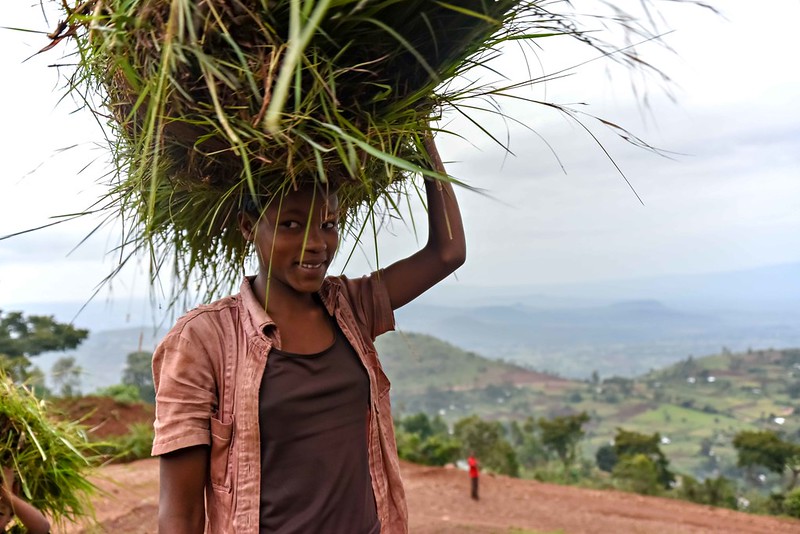
The Mohammed Bin Rashid Initiative for Global Prosperity (the Global Prosperity Initiative) launched the second cohort of its Global Maker Challenge in late 2019, in Abu Dhabi. The challenge is an innovation-based contest that brings together entrepreneurs from around the world to present ideas and solutions for promoting global prosperity and improving living standards.
Global Maker Challenge 2019 Themes
The Global Prosperity Initiative partnered with 10 U.N. agencies as well as the Massachusetts Institute of Technology’s Solve, a marketplace for social impact initiatives, to select four themes that Global Maker Challenge submissions must follow. This cohort’s themes are (1) Sustainable and Healthy Food for All, (2) Climate Change, (3) Innovation for Inclusive Trade and (4) Innovation for Peace and Justice. Nearly 3,400 participants submitted cutting-edge ideas — including web and mobile applications, machine learning algorithms, artificial intelligence and cloud-based solutions.
The Finalists
In the end, 20 finalists (five from each section) were chosen by a select group of experts from U.N. agencies, global organizations, digital innovation companies, NGOs and academia. The final projects selected stood out among the rest because they were both affordable and scalable — two characteristics that are critical when working with disadvantaged communities. Limited infrastructure and resources are often some of the greatest challenges that must be overcome.
Category Objectives and Finalist List
- Sustainable and Healthy Food for All: Ideas submitted to this category aim to address issues regarding access to sustainable and nutritious food among growing urban populations, as well as reducing hunger and malnutrition. Finalists presented solutions for storing fresh produce and extending the shelf life of foods. Finalists accomplished this using temperature control hubs and sustainable packaging that reduces waste. Another finalist introduced an idea for a social enterprise that makes affordable and nutritious food more accessible to low-income communities.
- Climate Change: Contestants focused on promoting sustainability and efficient resource use to lower carbon emission and eliminate waste. Several finalists addressed the textile industry and how to make its materials more sustainable. Submissions included technologies to create biodegradable textiles from plant-based materials, upcycled plastic and ethical sourcing. Other projects addressed the issue of climate change in different ways, such as generating electricity from wastewater and creating a circulation system to convert compost into fertilizer.
- Innovation for Inclusive Trade: This category aims to increase the market inclusivity of rural populations to promote global, economic growth. Finalists introduced several digital platforms that provide access to financial literacy tools and empower small business owners. Ideas included an application providing financial tools and market information to emerging enterprises. Also, platforms for connecting rural farmers to international markets and mapping tools — which increase the visibility of small retailers.
- Innovation for Peace and Justice: Contestants provided solutions for displaced populations and refugees seeking essential services and resources. Several finalists focused on making education more accessible. Ideas included virtual reality classrooms for students in underserved communities. Also, technology training and legal services for residents of refugee camps and solar-powered learning hubs. Other finalists presented solutions for improving the quality of life of displaced populations, such as user-managed identification and Interactive Voice Response (IVR) learning technology and games.
Final Pitch
Finalists will present their solutions in a series of virtual pitches, starting in late August 2020 and commencing in early September of the same year — during the Global Maker Challenge Award Ceremony. Prizes include project funding and mentorship worth up to $1 million.
Seeing the Big Picture
The second cohort of the Global Maker Challenge comes at a critical time. As a result of the COVID-19 pandemic, vulnerable groups lack humanitarian aid, social protection and stimulus packages. Unless action is taken, as many as 50 million people could fall into extreme poverty, as a result of the pandemic. Innovation and collaboration are powerful tools for developing solutions to unprecedented challenges. Today’s entrepreneurs and designers provide hope for overcoming setbacks caused by the pandemic and maintaining progress towards the U.N. Sustainable Development Goals.
– Sylvie Antal
Photo: Flickr

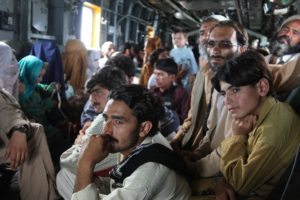


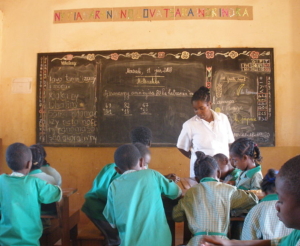
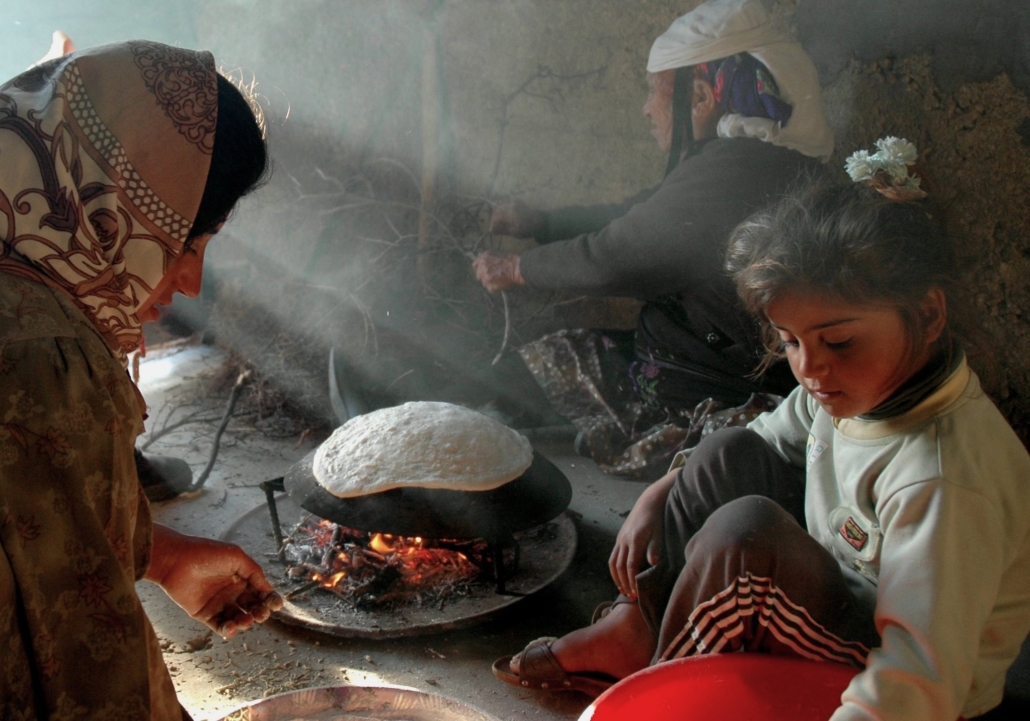

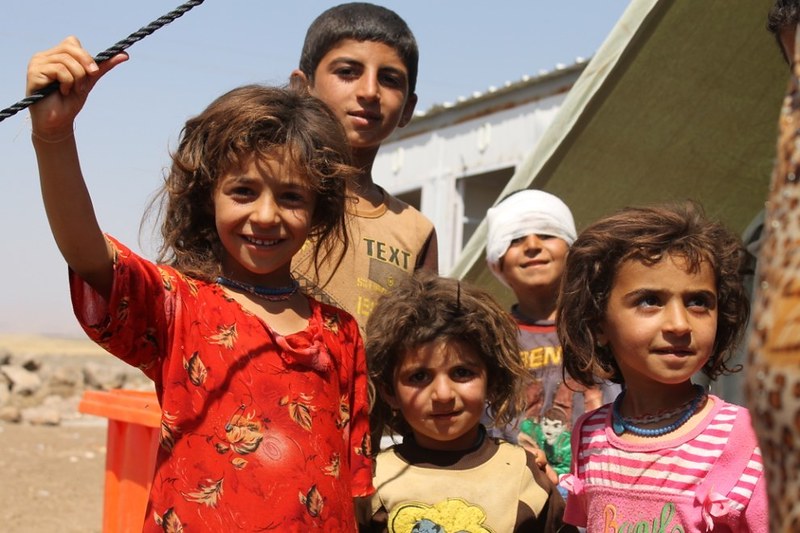 Having been
Having been 